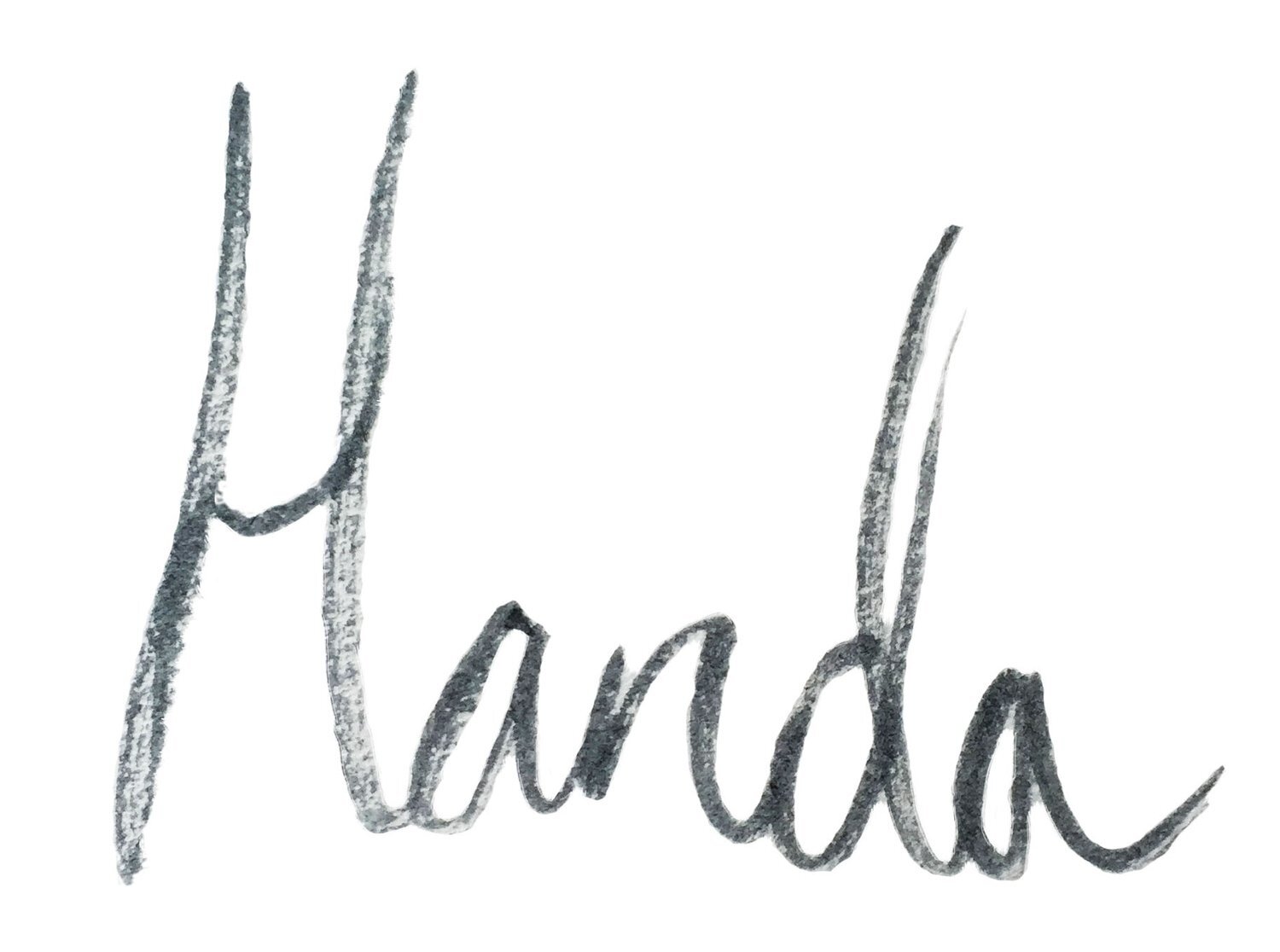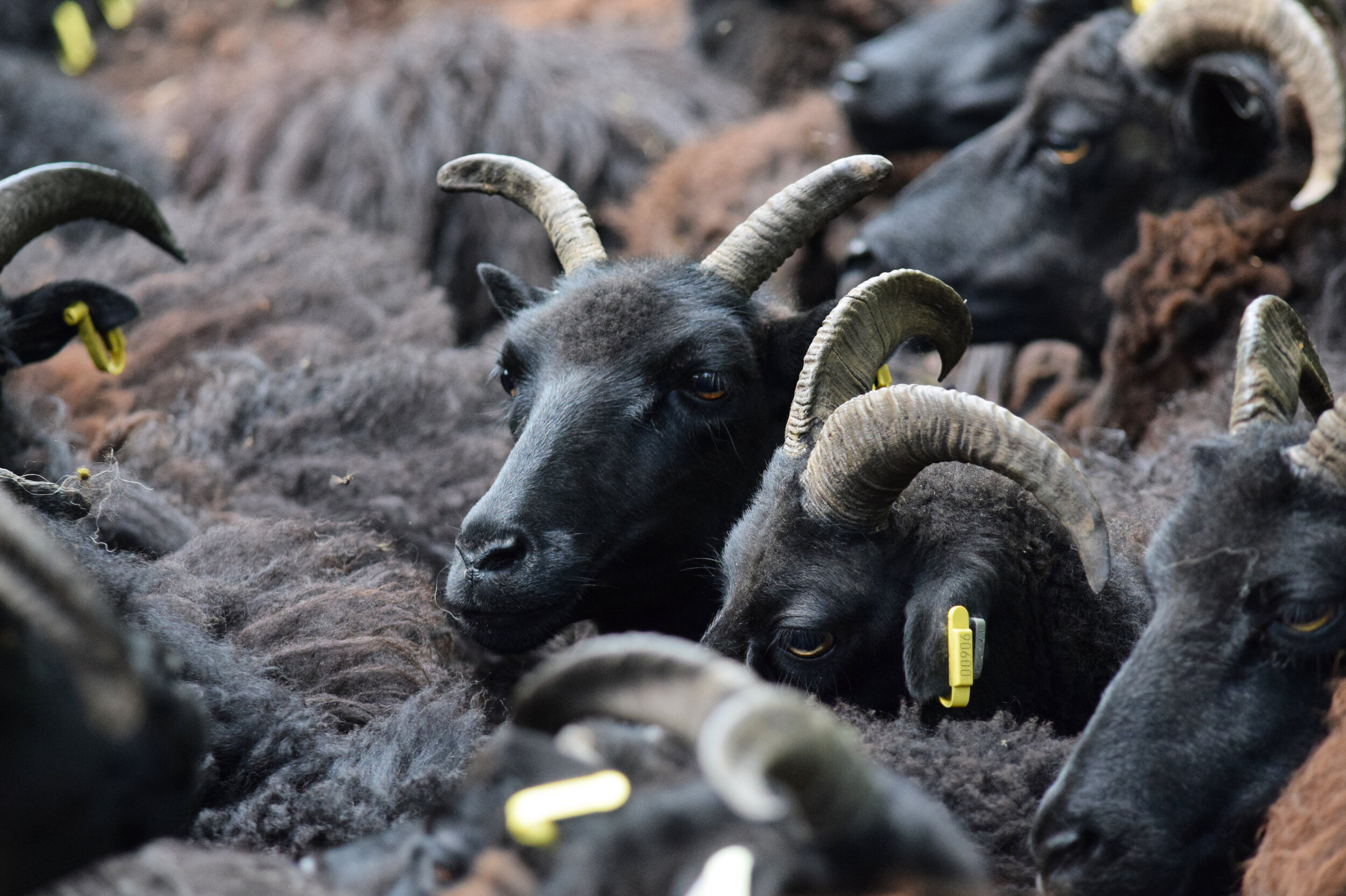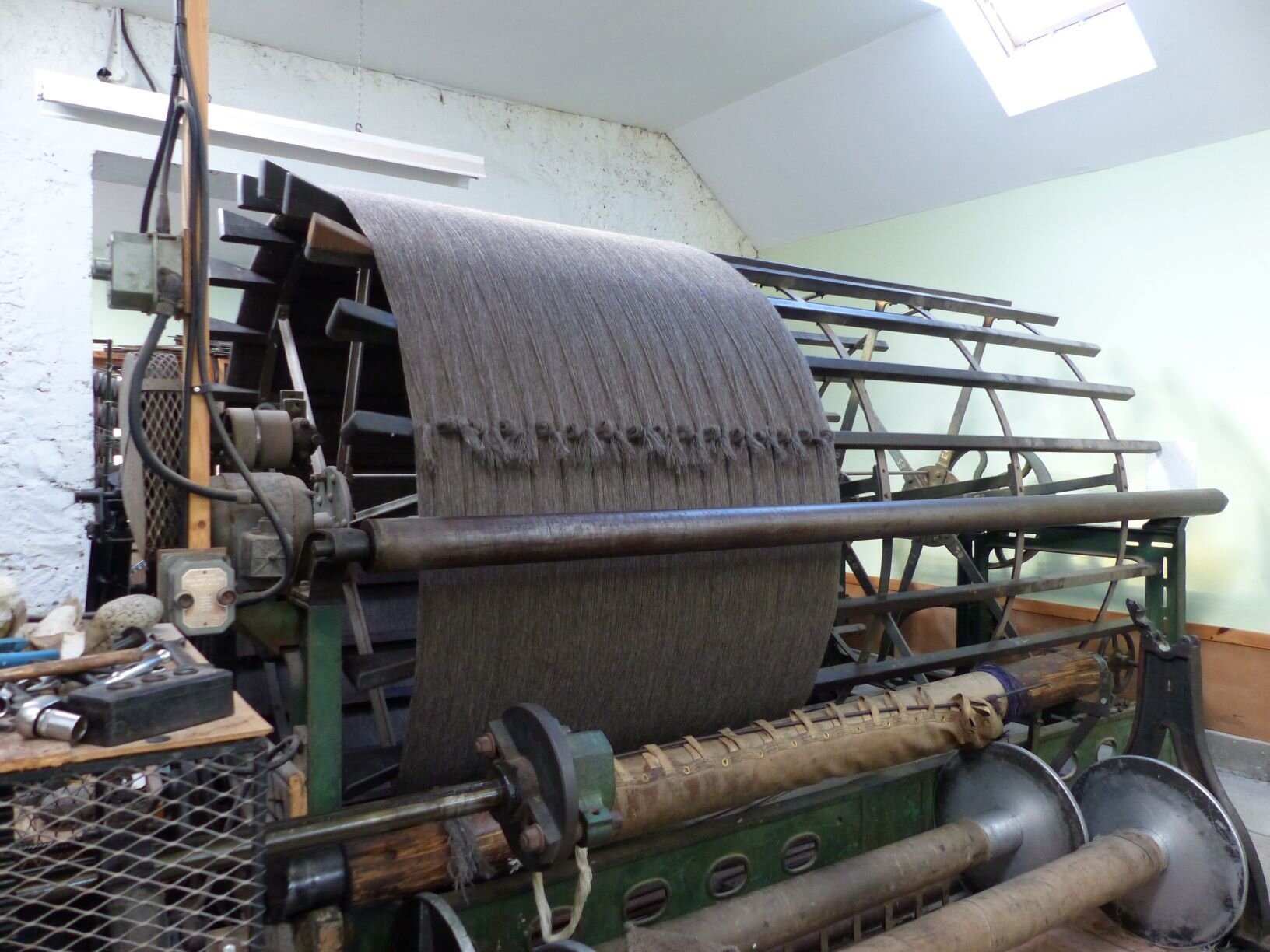Hebridean Wool Tweed Cloth -undyed
Medium/Heavy weight: suitable for suiting & some home/upholstery applications.
Woven in a traditional herringbone pattern on the Isle of Mull, Scotland. This is pretty much the most historically authentic tweed available! Created in small amounts by two women-run businesses in the UK: Daughter of a Shepherd, who provides the wool and design- then it is woven in a tiny historical weaving mill on the beach called Ardalanish- a place very near to where Handa founder, Hannah is from.
This beautiful heavy tweed cloth has a great structure and natural lustre, looking very similar to how Scottish tweed would have looked hundreds of years ago. No chemical processes or dyes and woven with 100% Hebridean fleece (See additional info on production and the Hebridean breed below). The natural shade is a very dark pitch brown flecked with silver fibers that catch the light.
approx 56”wide and sold by the 1/2yard.
cut lengths are non-refundable.
Please request a sample to check color and weight
Year of production, 2020
100% natural Hebridean fleece
Grown, washed + spun in Yorkshire, woven in Scotland
image courtesy of Rachel Atkinson /Daughter of a Shepherd
The Hebridean is a breed of small black sheep from Scotland, similar to other members of the Northern European short-tailed sheep group, having a short, triangular tail. They often have two pairs of horns. They were often formerly known as "St Kilda" sheep, although unlike Soay and Boreray sheep they are probably not in fact from the St Kilda archipelago. As with many older sheep breeds, if they are not shorn- the fleece will naturally molt in the Spring.
In 1973 the Hebrideans were identified by the Rare Breeds Survival Trust as being in need of conservation. Since then the breed has been revived, and it is no longer regarded as rare; it is kept in many parts of the world, now including its native Hebrides where our tweed cloth is woven.
image courtesy of Rachel Atkinson/Daughter of a Shepherd
This Hebridean fleece is from a small flock in Yorkshire, which is spun locally then sent up north to be woven at Ardalanish, a small traditional mill on the coast of the Isle of Mull. The fleeces are graded, sorted and weighed; essentially separating into qualities and colors, and then compressing them into huge blocks of wool, which are weighed and sent out for scouring and spinning. There, the debris in the fleeces will be removed, as well as the lanolin, the wool wax or wool grease you find on sheep, which protects the wool but is not really suitable for machine weaving. Lanolin can be made into all sorts of products, including beauty creams, and is re-usable. The wool then goes through spinning (using Victorian or modern machinery depending on its ultimate use) and is sent to Ardalanish in large cones.
They draw the yarn, as set out in the design, onto a 1920’s sectional warping mill. The yarn is wound up in sections and once the whole warp is complete it is wound on to a beam, ready to be taken to the loom.
image courtesy of Ardalanish
It takes up to three days to set up a loom for a new pattern (or getting “new gear” on)- it is fiddly and exhaustive work.
After checking for even distribution of the yarn in line with the pattern density, the loom goes into action, slowly, meticulously and surely. A close eye must be kept on the weave and adjusted as required to ensure a tight grip on quality. The finished product after weaving is carefully checked for any details and mended by hand with a length of yarn. Again, much time is taken with this, to maintain an excellent and consistent quality finish.
image courtesy of Ardalanish









